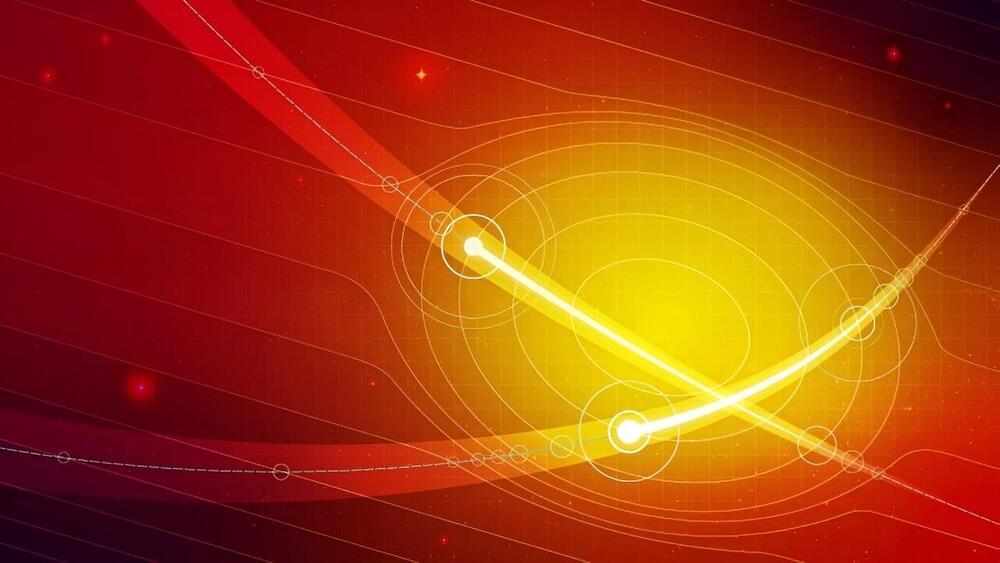In an ongoing game of cosmic hide and seek, scientists have a new tool that may give them an edge. Physicists at the U.S. Department of Energy’s (DOE) Princeton Plasma Physics Laboratory (PPPL) have developed a computer program incorporating machine learning that could help identify blobs of plasma in outer space known as plasmoids. In a novel twist, the program has been trained using simulated data.
The program will sift through reams of data gathered by spacecraft in the magnetosphere, the region of outer space strongly affected by Earth’s magnetic field, and flag telltale signs of the elusive blobs. Using this technique, scientists hope to learn more about the processes governing magnetic reconnection, a process that occurs in the magnetosphere and throughout the universe that can damage communications satellites and the electrical grid.
Scientists believe that machine learning could improve plasmoid-finding capability, aid the basic understanding of magnetic reconnection and allow researchers to better prepare for the aftermath of reconnection-caused disturbances.
